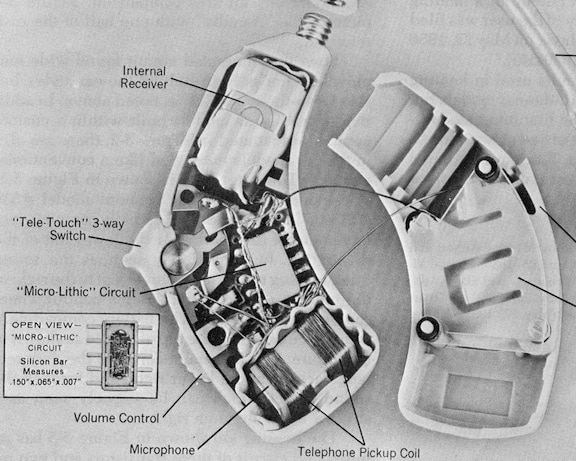The American Physical Therapy Association (APTA) has released a draft version of a new Clinical Practice Guideline (GPG) for Vestibular Rehabilitation (VR). The CPG Panel considered the benefits to various groups seeking VR. They addressed patients presenting with acute, sub-acute and chronic unilateral vestibular hypofunction, as well as those with bilateral hypofunction.
They considered which types of exercises were most helpful and recommended against the use of smooth pursuit or saccadic tracking exercises. They did recommend “exercises related to gaze stability and visual motion sensitivity for improved stability of the visual world and decreased sensitivity to visual motion; head movements in a habituation format to decrease sensitivity to head movement provoked symptoms; activities related to body sway control for improved general stance and gait.”
The panel also explored the benefits of supervised versus home based therapy. As noted last week, they made recommendations regarding the optimal frequency and duration of performing vestibular therapy. In summary, they explored the harm/benefit ratio of vestibular therapy, and determined that the evidence strongly supported that the potential benefit exceeded the potential harm for patients with vestibular function.
For any practitioner currently performing or recommending vestibular therapy, this is a “must read.” The draft is open to public comment until May, 20, 2015. If you want to view the entire document, click here.
Photo courtesy of nhdizzy.com







